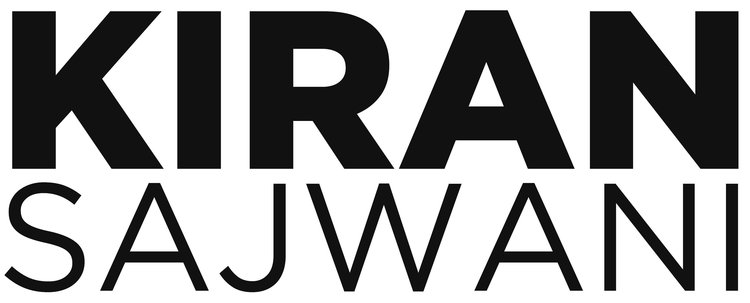While my journey with human-centered business design may have begun at Rotman, I was determined to not let it end at Rotman. I was determined to continue my pursuit of designing better solutions, and jumped at any and every opportunity to be able to practice my design chops (is that even a term? :P)! Fortunately, I'm not alone in that boat, and when three amazingly talented classmates and I happened to chance upon an interesting challenge to redesign rail freight, we jumped pretty high! The innovation competition challenged us to explore how might we extend network capability and improve the user experience for the UK rail freight industry.
We (Team Novus Capsa) were pretty stoked about the challenge, but we had no idea about rail freight whatsoever! Also, it was kind of tricky to figure out the freight space in the UK while we were sitting in Toronto, Canada! So, what do you do when you don't know something? You research! We reached out to brilliant academics researching urban planning, real estate economics, operational efficiencies, and marketing strategies. We spoke with seasoned professionals who shared their insights from sectors such as shipping, logistics, postal services and industry analysts. We chatted with enterprises, business owners and individuals who had previously, are currently, or may use freight or freight forwarding services at some point in the future. We are incredibly grateful for the knowledge, experiences and insights that these generous individuals shared with us, and they helped us deep-dive into the world of freight.
Then, last, but not the least, we looked at the freight container itself, and that's when we realized the box had changed the space of shipping and trade. While the humble box had changed a lot, it remained relatively unchanged since its invention. Well, if we wanted to change the current state of rail freight, we had to change the box. So, that's what we did! We brainstormed, ideated, prototyped and repeated until we were out of Lego blocks!
Eventually we conceptualized a redesign of the box – "FlexBox" – where the box comes to you! It would be a unique freight solution for small and medium enterprises, with door-to-door service. Our concept was to change the box, which would change rail freight, and redefine the rail user experience. Curious? Take a peek at our concept solution, and tell me what you think! :)
